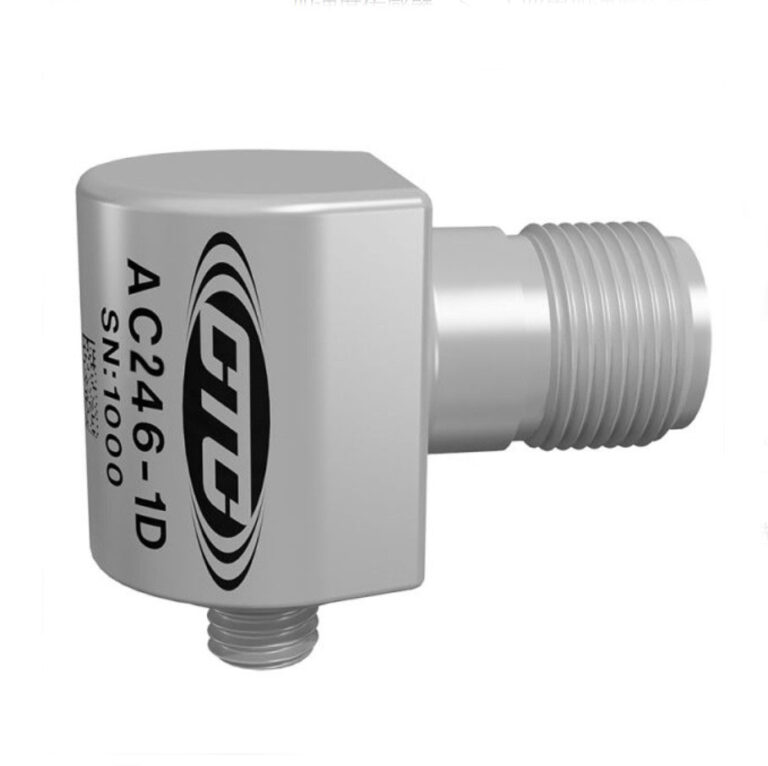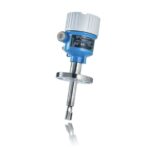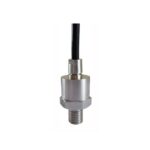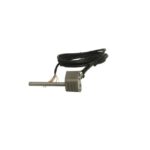In the field of industrial measurement and control, force sensors and load cells are often confused as similar devices, but there are significant differences in their functional positioning, technical standards and application scenarios. This article systematically analyzes the core differences between the two from the dimensions of design principles, technical indicators, application scenarios, etc.
1. Basic definition and measurement target
Force sensor
Function: directly convert mechanical quantities (tension, pressure, torque, strain, etc.) into measurable electrical signals.
Target parameters: vector characteristics of force (magnitude, direction, point of action), often used for dynamic force analysis (such as mechanical arm force monitoring, stamping machine pressure feedback).
Typical structure: metal strain gauge, piezoelectric sensor, capacitive sensor.
Weighing sensor
Function: convert mass (static load under gravity) into electrical signal output, which is essentially to measure the effect of gravity on objects.
Target parameters: scalar value of mass or static load (such as electronic scales, hopper weighing systems).
Typical structures: S-type, cantilever beam, bridge, and cylindrical sensors.
Key differences:
Force sensors focus on the vector characteristics of force (dynamic, multi-directional), while weighing sensors only measure the vertical gravity component (static, unidirectional).
2. Differences in design and technical standards
1. Loading method and installation requirements
Force sensor:
It needs to adapt to complex force directions (such as lateral force, bending moment, torque), and needs to eliminate interference through structural design (for example: six-dimensional force sensor uses multiple strain gauge groups to eliminate coupling errors).
High installation accuracy requirements, and offset of the loading axis will cause measurement errors.
The load direction is fixed (vertically downward), and the structure is optimized to resist non-axial force interference (for example: the cantilever beam sensor limits lateral displacement through a limit device).
The installation is relatively simple, usually pre-installed on the scale platform or container support point.
2. Accuracy and error standards
Indicators Force sensor Weighing sensor
Sensitivity tolerance Strict requirements (within ±0.5%) Allowable wider (±1-2%)
Error processing Single parameter independent calibration (such as linearity, hysteresis) Total error synthesis (non-linearity + hysteresis + repeatability)
Standards based on ISO 376 (Force sensor calibration) OIML R60 (International recommendation for weighing sensors)
Example:
For weighing sensors used in electronic scales, the total error must meet the OIML III level standard (≤0.02% full scale).
For force sensors in material testing machines, the linearity error must be ≤±0.1% to meet the ASTM E4 standard.
3. Targeted structural design
Special design of force sensors:
Diaphragm structure: used for evenly distributed pressure measurement (such as hydraulic systems).
Torque sensor: integrated strain bridge to measure rotational torque (such as motor shaft power analysis).
Special design of weighing sensor:
Plate ring structure: anti-lateral force interference, suitable for tank weighing.
Radial sensor: multi-support point design, used for large scales.
III. Division of application scenarios
1. Typical scenarios of force sensors
Industrial robots: real-time feedback of joint torque to achieve flexible control.
Automobile testing: multi-dimensional impact force monitoring in collision tests.
Aerospace: dynamic calibration of engine thrust.
2. Typical scenarios of weighing sensors
Commercial scales: supermarket price scales, truck scales.
Process industry: batch control of reactor materials.
Medical equipment: bed weighing, dialysis machine liquid monitoring.
Cross-application warning:
Weighing sensors cannot replace force sensors to measure dynamic forces (such as vibration impact forces) because their bandwidth is usually <100Hz, while the bandwidth of dynamic force sensors can reach 10kHz.
Force sensors used for static weighing require additional calibration of the gravity direction component, which is less economical than dedicated weighing sensors.
4. Selection and use recommendations
Selection decision tree
Is the measurement target mass? → Weighing sensor.
Need to analyze the direction/dynamic characteristics of the force? → Force sensor.
Environmental adaptability considerations:
High temperature/corrosive environment: stainless steel sealed weighing sensor (IP68) is preferred.
High frequency dynamic load: piezoelectric force sensor (no inertial delay) is selected.
Calibration and maintenance:
Weighing sensor: Regularly perform full-scale calibration with weight loading.
Force sensor: Multi-dimensional calibration equipment is required (such as standard force generator + angle platform).
5. Technology development trend
Intelligent compensation:
Weighing sensor integrates temperature/eccentric load self-compensation algorithm (such as HBM’s SmartCheck function).
Force sensor predicts nonlinear error through AI model (such as Kistler’s CoMo system).
Fusion application:
Six-dimensional force/weighing hybrid sensor: used for synchronous monitoring of collaborative robot grasping force and load mass.
Conclusion
The essential difference between force sensor and weighing sensor comes from the difference in the physical definition of the measurement target. When choosing, you need to be clear:
If you need to measure the static mass under the action of gravity, weighing sensors are an economical and efficient solution;
If you need to analyze multi-dimensional dynamic mechanical properties, force sensors are irreplaceable.
With the popularization of microprocessors and intelligent algorithms, the two types of sensors are evolving from single signal conversion to “perception-decision” integration, but their core design logic will remain separate.






